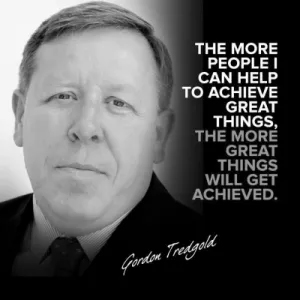
There are so many different ways to use videos in your marketing. For example, brief explainer videos remain one of the best ways to showcase your product or service directly and succinctly.
Videos can be used to brand your business, show what it’s like behind the scenes, and they’re also important for search engine optimization, considering YouTube is the world’s second-largest search engine.
With all this in mind, video marketing needs to be part of your content strategy for 2023, and the following are some things to know.
A big trend for 2023 with videos is going to be using them for educational purposes.
Educational videos are also known as how-tos or instructional videos, and they help your audience, providing them with real value. You can also use them to showcase your products and services, but you don’t necessarily have to.
When you’re creating educational videos, you’re giving a more engaging and entertaining experience, so they can better retain the information you’re delivering.
The use of educational videos also helps you position yourself as an authority in your industry.
Just like you optimize your blog posts for search engines, it’s important in 2023 to do the same for your videos.
Of course, the most important thing here is that you’re providing quality content in each of your videos, but once that’s the case, you want to take steps to make sure your audience is actually going to see it.
Keyword research is important for your videos. You’ll optimize your script, your metadata, and your description based on your research.
A word-for-word transcription of your video is a must-have because it makes your content more accessible and it also makes it easier to index.
Transcriptions are a way to build out more content from your videos and get more keywords in there.
You’ll also want to be mindful of optimizing your title and description.
A relatively new way to make your videos stand out on Google Search is with the use of structured data specifically for videos.
Google announced the incorporation of video-specific structured data, including Clip Markup and Seek Markup.
With Clip Markup, you’re manually telling Google the timestamp and label it should use for the key moments feature of your videos. You nest properties within your VideoObject. You don’t have to have Clip properties, but if you want Google to show your specified labels and timestamps, then you want to use them.
YouTube videos do this for you automatically.
Seek Markup is to tell Google how your URL structure works, and then Google can display your video key moments automatically identified in videos. You still nest properties in your VideoObject.
If you want to choose the key moments in your video, you will use Clip Markup.
Social media has changed how the world works in so many ways, and it’s closed the gap between brands and consumers since there are platforms where they can interact in a personal way.
This gives businesses opportunities to engage their existing customers and also interested leads.
The issue is that you can’t just regularly post on your feed and share content. You have to connect in meaningful ways on social platforms.
Live videos are a good way to do this. Live videos are frequently prioritized by social algorithms since they happen in real-time.
Live videos can hold onto viewers for three times longer than pre-recorded videos. On Facebook, live videos can lead to six times more interactions because a lot of users feel that live videos are more human and authentic.
Live videos provide not just the chance for a unique connection with your audience, but you can also sell in real time.
Finally, another trend to watch for in video marketing in the upcoming new year is a silent video. Silent videos are growing in popularity because of how people consume video content. It’s typically on their phones and mobile devices, and with the sound off. That’s made it so that viewers are actually finding videos with sound or videos without captions problematic.
You can create videos with included captions, using text on the screen, or maybe a combination of text and captions.
Then your audience is getting your message, whether they’re using sound or not.
You can also use these silent videos in different settings, like at trade shows, so they can pull double duty.
